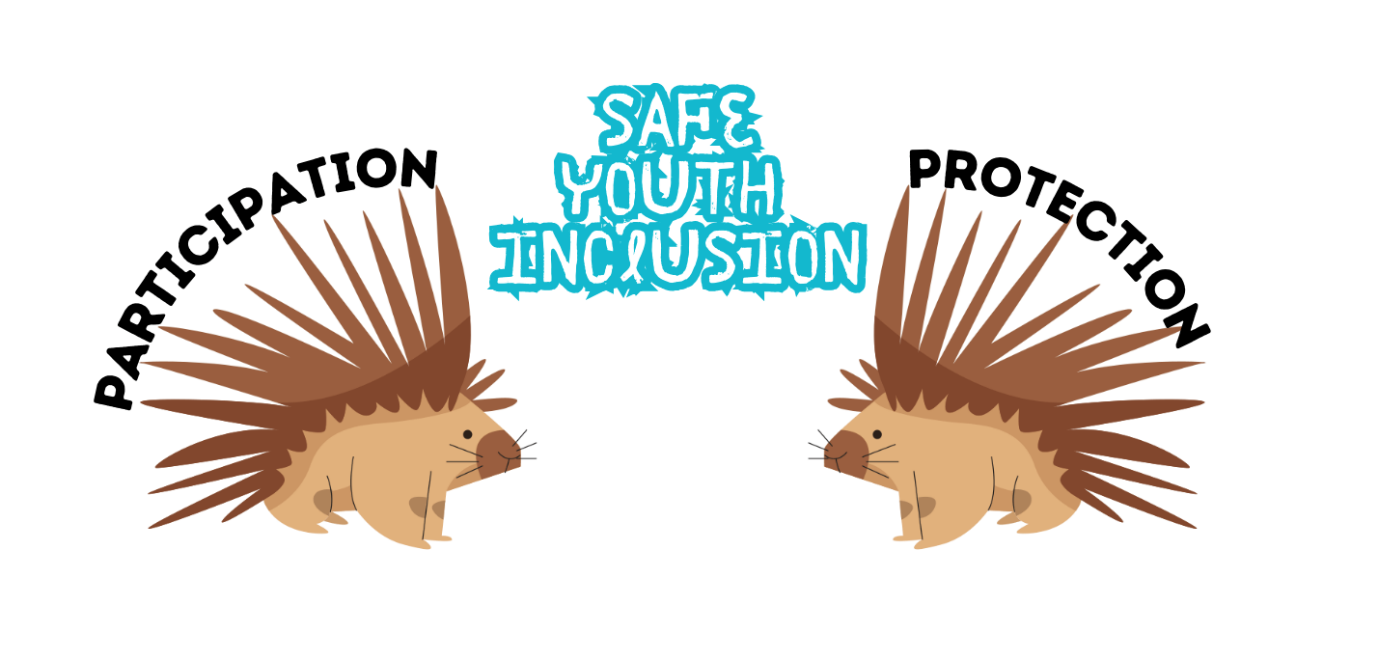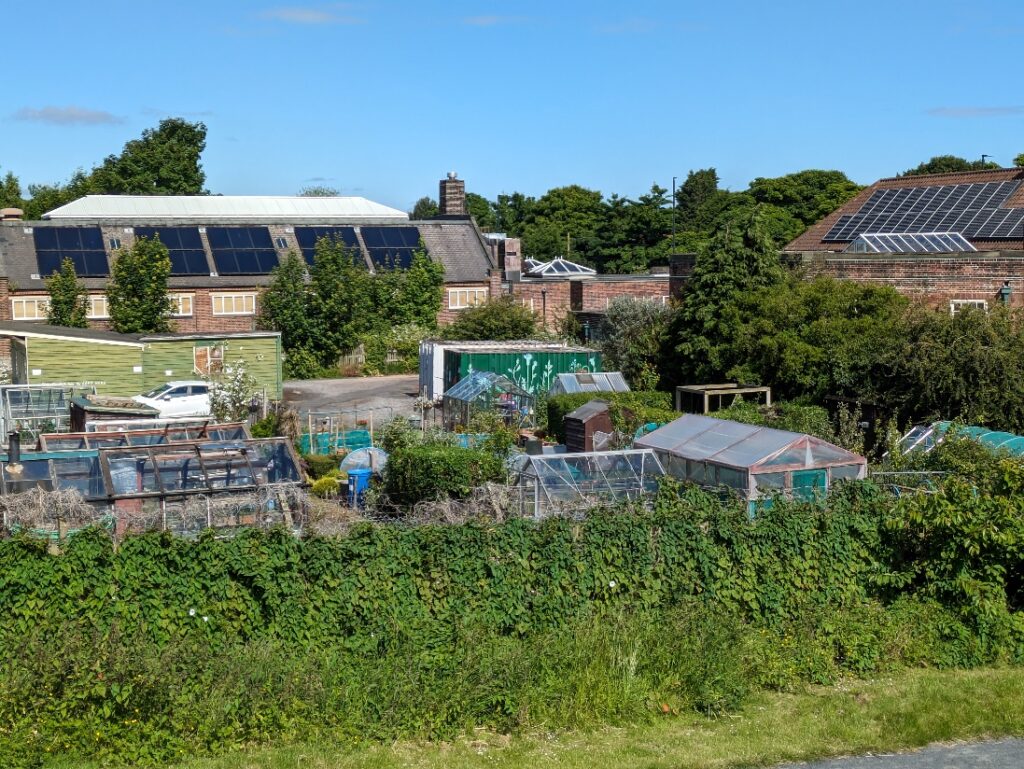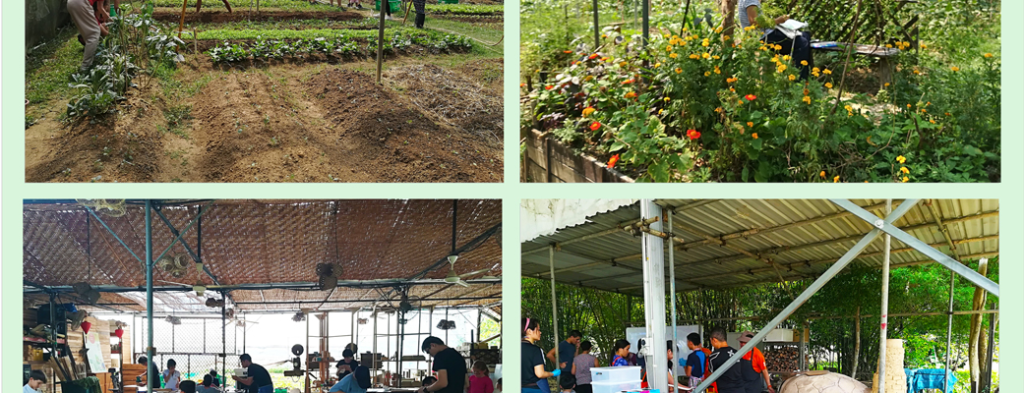City Know-hows

Supporting marginalised youth in shaping safer cities is a delicate balance, like the porcupine’s dilemma; —nurturing participation while ensuring protection. Together, we can create safer, more equitable spaces for all.
Share
Target audience
City planners, local governments, public health professionals and social workers
The problem
Violence and abuse by and among youth are critical public health issues. Building equitable cities requires centring the voices of marginalised young people, whose experiences provide vital insights into safer urban spaces. However, their social marginalisation is often mirrored in exclusion in research and practice, denying their right to participate. Current approaches frequently fail to address contextual safety and children’s rights, leaving their voices unheard and their needs unmet in designing inclusive, healthy cities.
What we did and why
We explored how youth inclusion in urban planning could contribute to safer, more equitable cities through a careful balance of participation and protection with for marginalised youth. From our interdisciplinary perspective, we considered social and spatial dynamics of safety through a literature review and a case study of boys displaying harmful sexual behaviour in Scotland. This research stresses the importance for rights respecting, context-sensitive and intergenerational collaboration to promote coexistence, wellbeing, and safer urban environments.
Our study’s contribution
This study adds critical insights towards safe and sensitive youth participation in urban planning. It highlights the importance of contextual safeguarding and prevention to address safety and wellbeing, going beyond crime reduction to consider lived experience of physical, social and relational public spaces. By examining the social and spatial dynamics of safety the study offers actionable strategies for creating inclusive, equitable urban spaces that empower youth.
Impacts for city policy and practice
To build truly inclusive, equitable cities we must learn from those most excluded. Framing youth participation as a form of protection, urban planning can empower those often left unheard, addressing harm through context-sensitive and inclusive approaches. This is more than reducing risks—it’s about fostering coexistence, safety and respect for all young people’s rights. When we listen to the voices that are hardest to hear, we build cities safer for everyone.
Further information
Full research article:
 Participation, protection and the porcupine’s dilemma: towards the inclusion of lesser heard young voices Lynne O. Cairns, Elizelle Juaneé Cilliers and Simon Hackett
Participation, protection and the porcupine’s dilemma: towards the inclusion of lesser heard young voices Lynne O. Cairns, Elizelle Juaneé Cilliers and Simon Hackett
Related posts

Well-planned cities and neighbourhoods are building blocks for health and wellbeing. Our study evaluated one approach that two English local government organisations took to facilitate healthier environments, in both ‘healthy places officers’ were employed to bridge the gap between planning and public health teams.

The involvement of citizens in nature placemaking processes can have a positive impact in the psychological health and wellbeing. The connection with the natural environment and community is grounded in five core principles recognized as the 5Gs: Gracious, Green, Giving, Grounded and Grateful, as conveyed through the activities.

Older adults exercised less during COVID-19. Covid-related built environment modifications such as one-way walking systems and social distancing may have made physical activity more difficult.